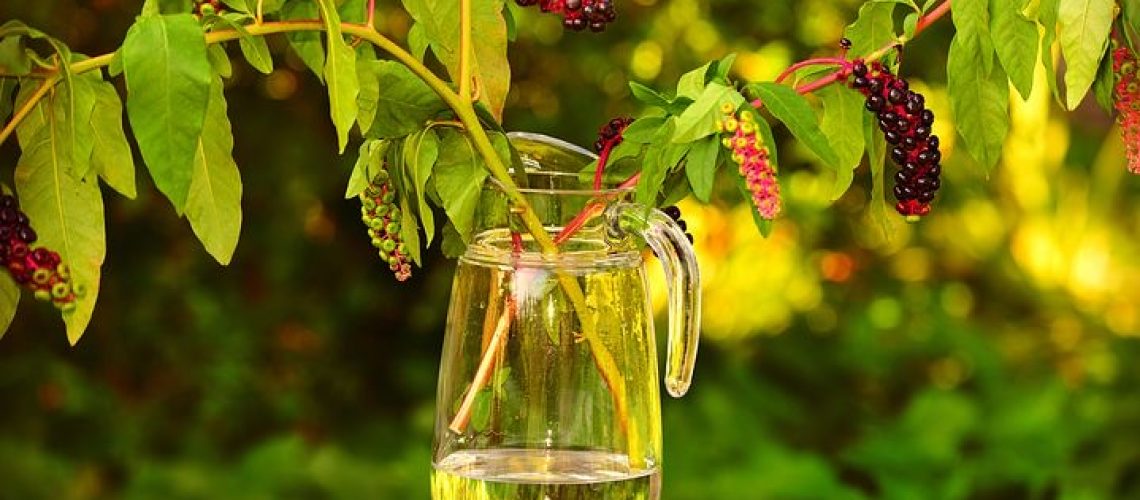I love propagating by cuttings! There are so many advantages with the biggest one being you’ve saved time! You can skip the seed to sprout to maturity stages. For example, if you grow a fruiting avocado tree from cutting, you will be able to enjoy fruits the next year versus waiting at least 7 years from seed. Not all plants may be reproduced by cutting, but when you can take a cutting of a plant, very often that piece can be developed into its own plant! Instead of waiting weeks or even years (depending on the plant) for food, you will be able to harvest in a fraction of that time.
Where can you find a cutting? You probably already buy it at the grocery store when you purchase fresh herbs such as basil, thyme, mint, or oregano. If you do not purchase at the store, ask a friend or neighbor who already grows the plant. Snip off 5-6 inches of the plant, and that’s a cutting.
The easiest way to copy a plant using a cutting is to soak it in clean water. Start by making a fresh cut at the bottom of the stem so that water can be absorbed. Remove most of the leaves from the stem except for 1-2 near the top of the plant. If there are any flowers or fruit on the cutting, remove those. This action diverts the plant’s energy into rooting rather than keeping the leaves, fruit, or flowers alive. Change out the water when it seems cloudy and wait for roots to appear. Not every cutting from the same plant will root, but you will get roots from some of them. Over time, you will learn to identify which cuttings will more likely root. It never hurts to soak them all. Once roots appear, plant into soil. You just created a new plant!
There are two other methods to propagate cuttings. One uses rooting hormones, a powder you purchase from the store. This is usually used for cuttings that have a woody outer layer, such as citrus, guava, avocado trees. Some fruits use this method to ensure an exact copy of the tree is reproduced since certain fruits do not produce the same plant as the fruit where the seed originated. This process is not difficult. You need to choose newly grown cuttings, trim the bottom, remove any fruits, flowers, and leaves but 1-2, dip the bottom end into rooting hormone powder, and then insert into soil. One tip to prevent the powder from being rubbed off the cutting is to use a stick to clear the hole first. We use a chopstick to push in a vertical tunnel, then drop in the cutting, and firmly pack the soil around the cutting. Keep your cuttings in the shade or filtered sunlight (under a tree, for example) and water to keep it damp, but not wet. Not all cuttings will take, but some will and you will have produced a clone of the mother.
Another common method to propagate cuttings is called air layering; it is a process that essentially mimics nature. In sum, you are trying to root the cutting before removing it from the mother plant. If you are a beginner, you probably don’t want to start there.


